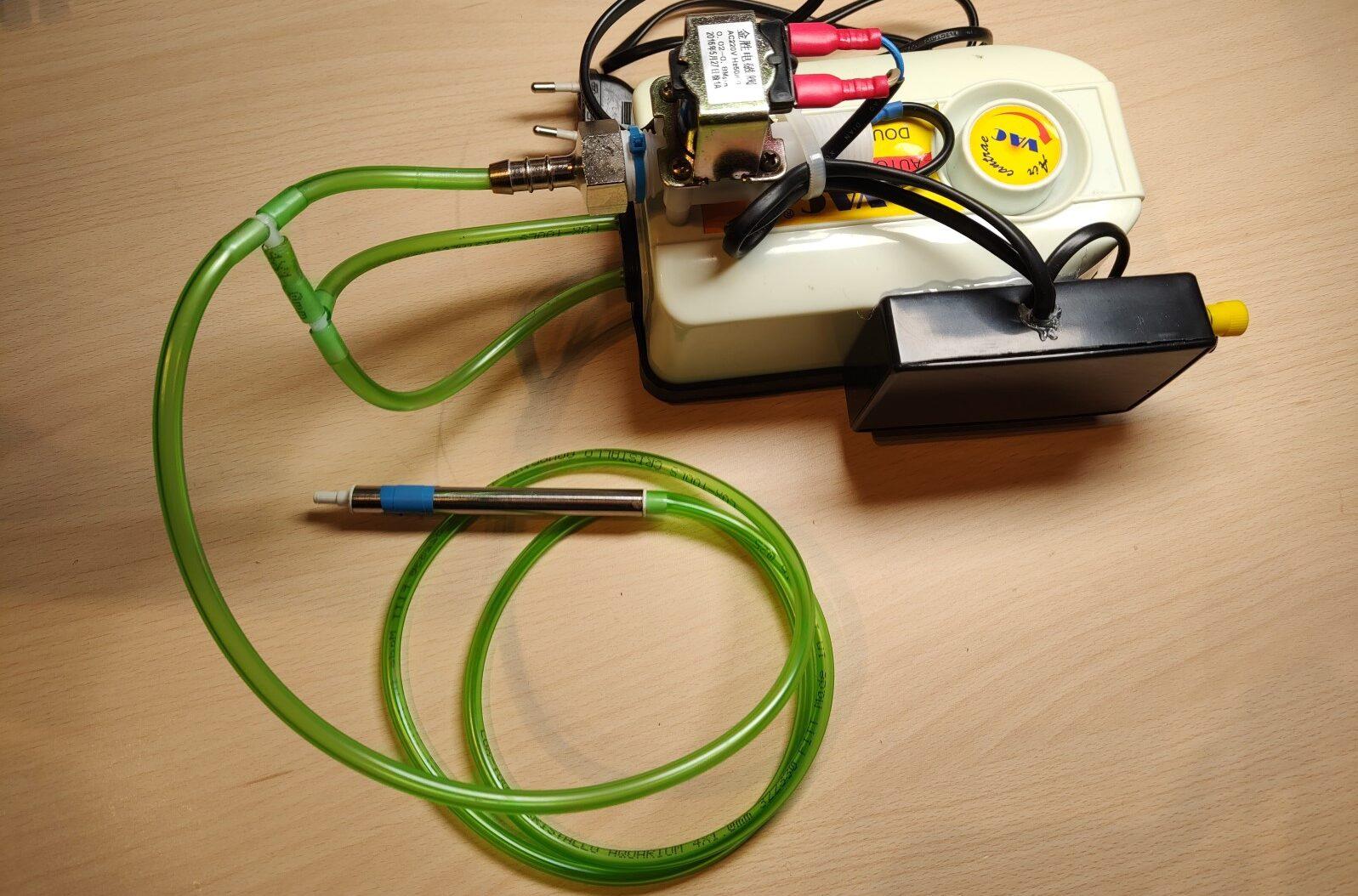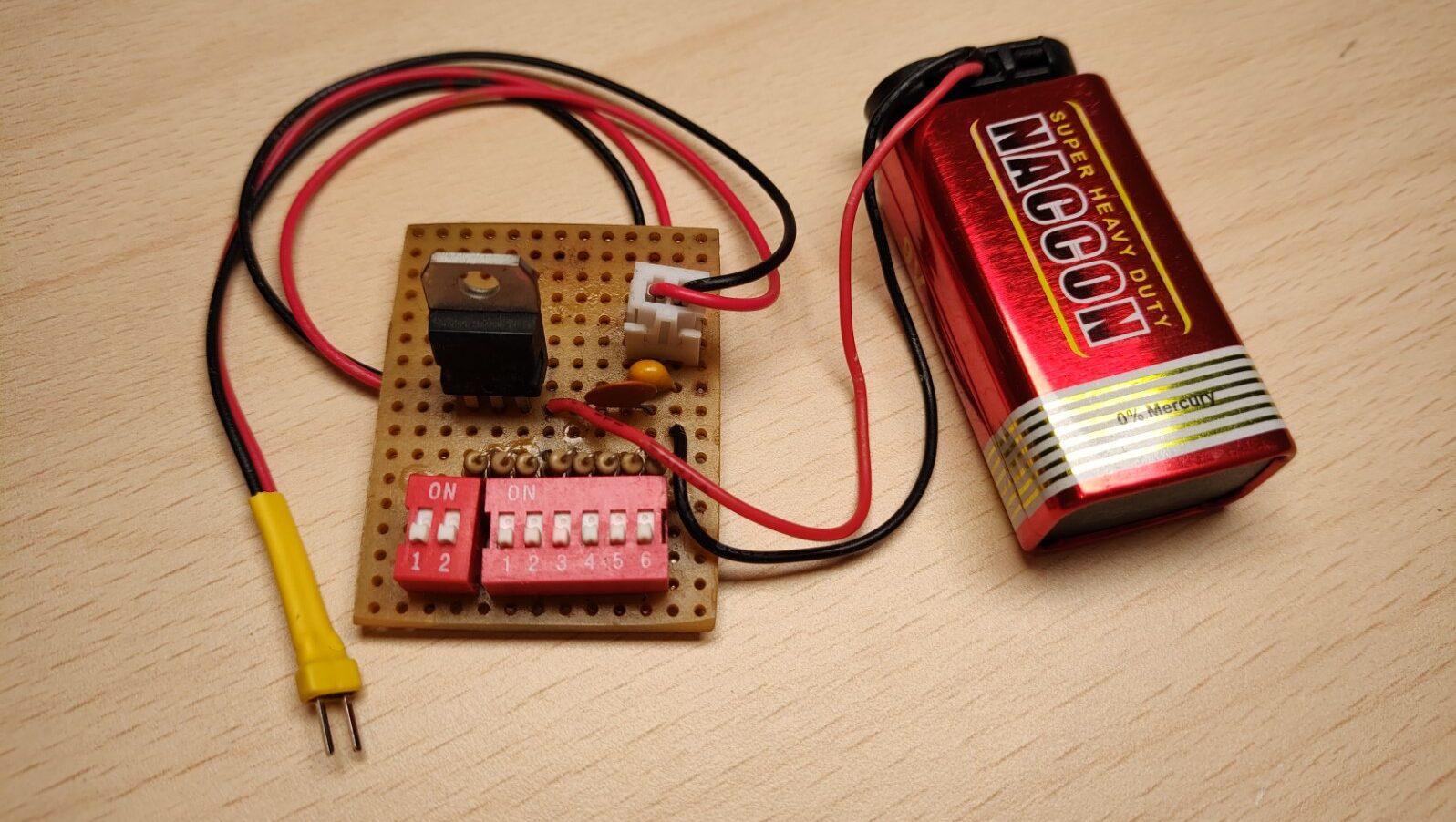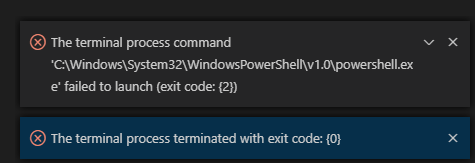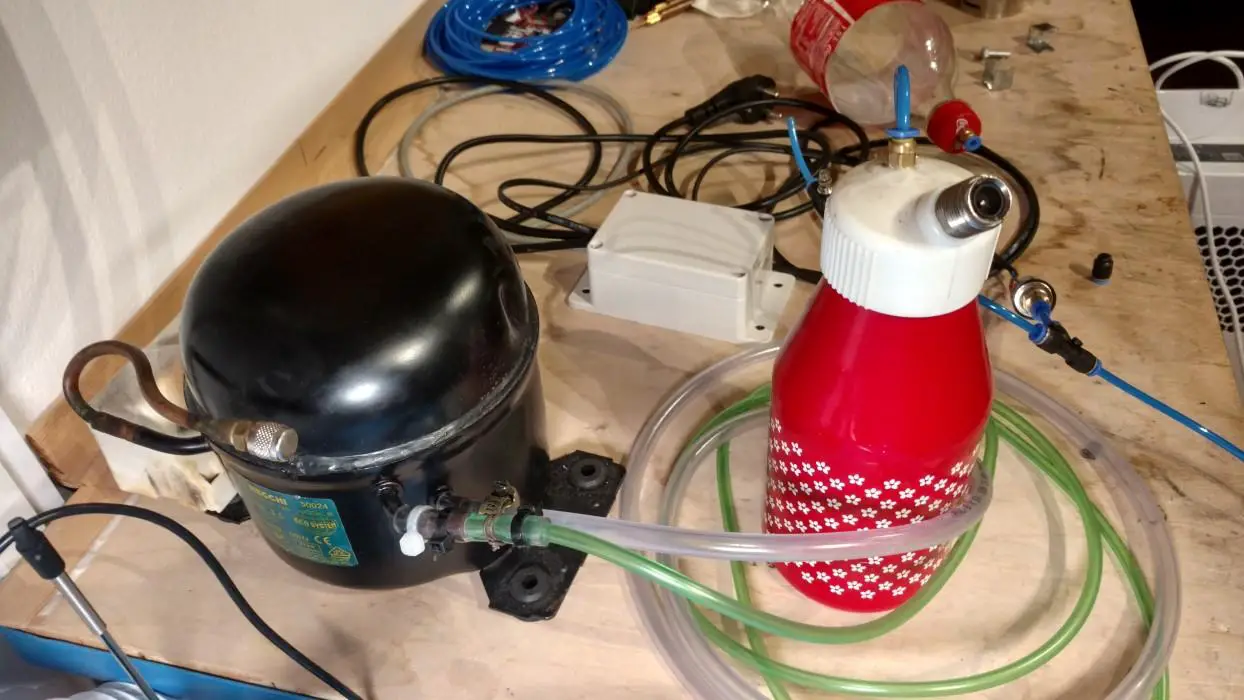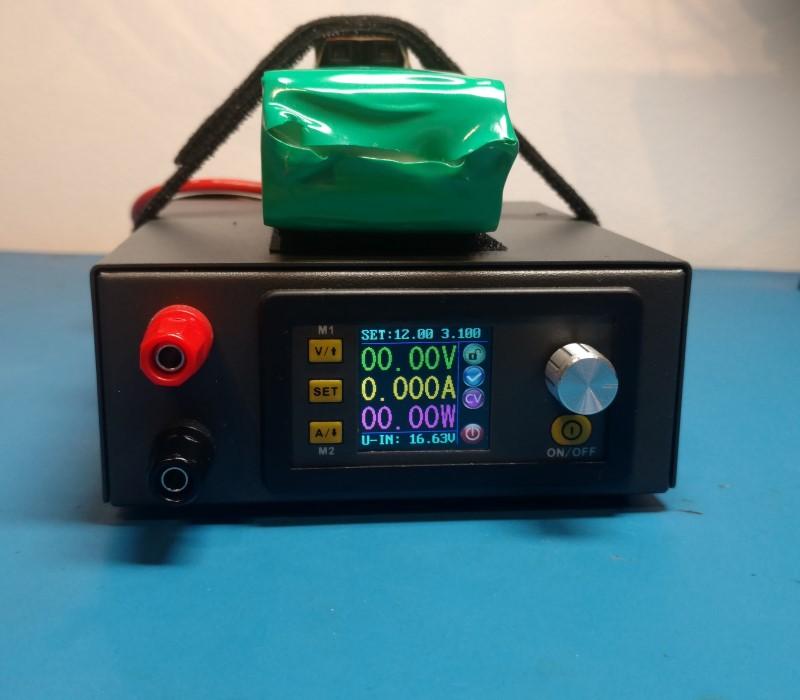Soundcard Oscilloscope And Signal Generator
In this post, I’ll show you how to make a signal generator and oscilloscope from a PC soundcard. I used a cheap USB soundcard so in case the input voltage gets too high, I don’t damage my PC. This signal generator and oscilloscope obviously don’t have the best specs and are very limited. They can produce/measure a very narrow range of voltages and frequencies(0-20KHz).

